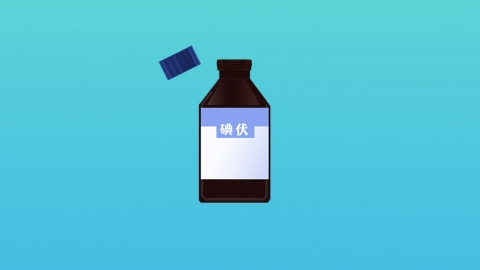Which is better for disinfection, iodophor or tincture of iodine?
Povidone-iodine solution is also known as iodophor, and tincture of iodine is commonly referred to as iodine alcohol. Generally speaking, there is no definitive statement regarding which one—povidone-iodine solution or tincture of iodine—is better for disinfection. Povidone-iodine solution is more suitable for broad disinfection of skin and mucous membranes, especially for sensitive areas, whereas tincture of iodine is more appropriate for surface skin disinfection, such as surgical sites and injection or puncture points, but requires deiodination after application. Detailed analysis is as follows:

Povidone-iodine solution has a broad-spectrum bactericidal effect and causes minimal tissue irritation, making it suitable for disinfection of skin and mucous membranes. It is effective against various bacteria, spores, viruses, and fungi. Its potent bactericidal mechanism involves oxidizing the active groups of pathogen protoplasmic proteins and combining with the amino groups of proteins, causing denaturation and thereby effectively killing pathogens.
Tincture of iodine has certain irritant properties and is mainly used for skin disinfection, such as disinfection of skin at surgical sites, injection sites, and puncture sites. Alcohol must be used afterward to remove the iodine. It can effectively kill bacteria, bacterial spores, protozoa, fungi, and influenza viruses. The main components of tincture of iodine are iodine tablets and potassium iodide dissolved in alcohol. The iodine and potassium iodide can bind with bacterial proteins, rendering them inactive, thus achieving a bactericidal effect. The alcohol component can destroy bacterial cell membranes and cell walls, thereby killing the bacteria.
When using either povidone-iodine solution or tincture of iodine, care should be taken to avoid oral ingestion, manage local irritation, be aware of drug interactions, and avoid factors that may reduce the bactericidal effect.







